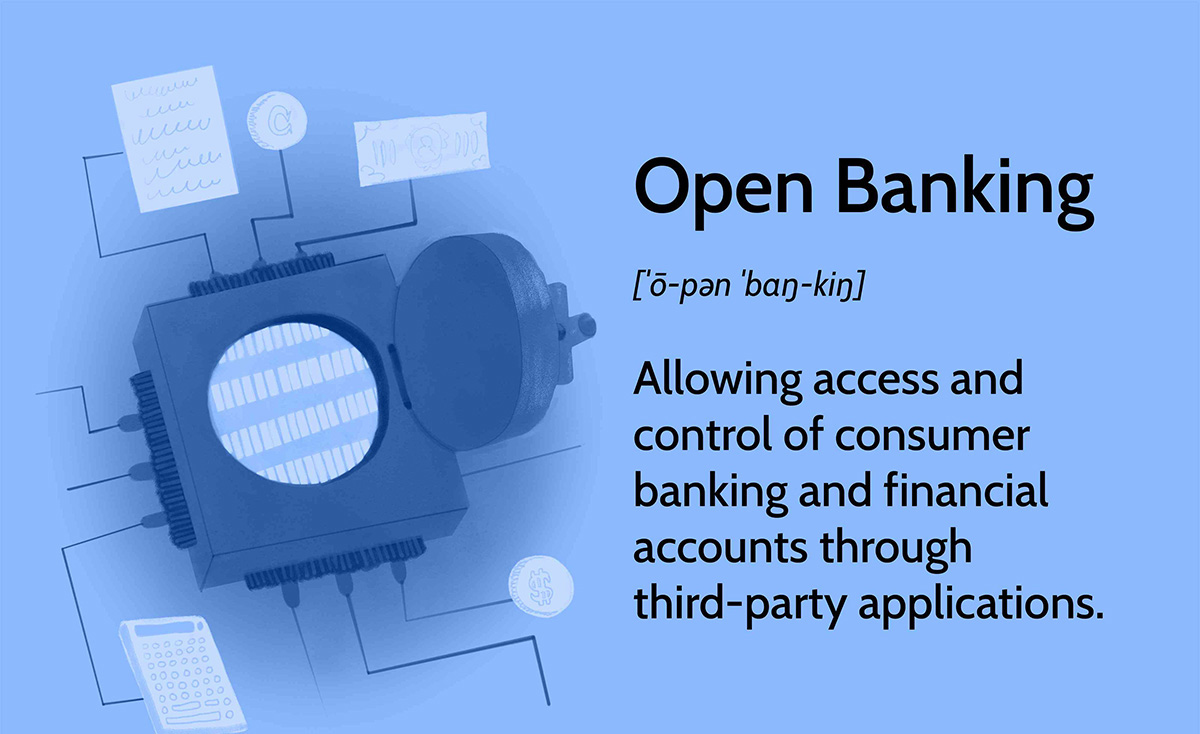

Finance
Open Rotation Definition
Published: January 3, 2024
Learn the open rotation definition in finance and understand its significance in portfolio management. Enhance your financial expertise with our comprehensive guide.
(Many of the links in this article redirect to a specific reviewed product. Your purchase of these products through affiliate links helps to generate commission for LiveWell, at no extra cost. Learn more)
Unlocking Financial Success: Understanding Open Rotation Definition
Welcome to our category on Finance, where we explore various topics to help you achieve financial success. In this blog post, we will delve into the concept of Open Rotation Definition and why it is crucial for individuals and businesses alike. Whether you are a seasoned investor or just starting to take charge of your financial future, understanding the ins and outs of open rotation can make a significant difference in your overall financial strategy.
Key Takeaways:
- Open rotation definition refers to a strategy where investments are periodically bought and sold within a portfolio.
- This approach allows for the optimization of assets, adapting to market conditions, and potentially maximizing returns.
So, what exactly is Open Rotation Definition? Put simply, open rotation refers to a strategy where investments within a portfolio are periodically bought and sold, as opposed to a static or buy-and-hold approach. This active management style recognizes that markets are constantly changing, and by adapting to these changes, investors aim to optimize their portfolio’s performance.
Here are a few key aspects to consider when understanding open rotation:
- Regular reassessment: Open rotation definition involves regularly reassessing your investments to determine whether any changes need to be made. This can be driven by various factors, such as changes in market conditions or the performance of specific assets. By reviewing and analyzing your portfolio on a consistent basis, you can make informed decisions to maximize potential returns.
- Flexibility and adaptability: Open rotation allows for flexibility and adaptability. By actively managing your portfolio and adjusting investments as needed, you can take advantage of opportunities in different sectors or asset classes. This dynamic approach can potentially help you stay ahead of market trends and position your investments for growth.
- Optimizing asset allocation: Open rotation aims to optimize asset allocation. This means continuously evaluating the mix of investments in your portfolio to strike a balance between risk and reward. By diversifying across different asset classes and sectors, you can potentially mitigate risk and improve overall performance.
The benefits of implementing an open rotation strategy can vary depending on individual goals, risk tolerance, and market conditions. However, the potential advantages include:
- Maximizing potential returns: By actively managing your portfolio, you can potentially take advantage of emerging opportunities and adapt to changing market conditions.
- Reducing risk: Diversifying your investments across asset classes and sectors can help mitigate risk, providing a potential cushion when markets fluctuate.
- Staying ahead of trends: Regularly assessing your investments allows you to stay informed about industry trends and potentially position your portfolio for growth.
In conclusion, open rotation definition is an important concept in the world of finance. By understanding and implementing this active management strategy, you can optimize your investments and potentially achieve greater financial success. Whether you are an individual investor or a business looking to maximize returns, it’s crucial to stay informed about the ever-changing dynamics of the market.
Stay tuned for more articles in our Finance category, where we will continue to explore various topics to help you navigate the world of finance and achieve your financial goals.














